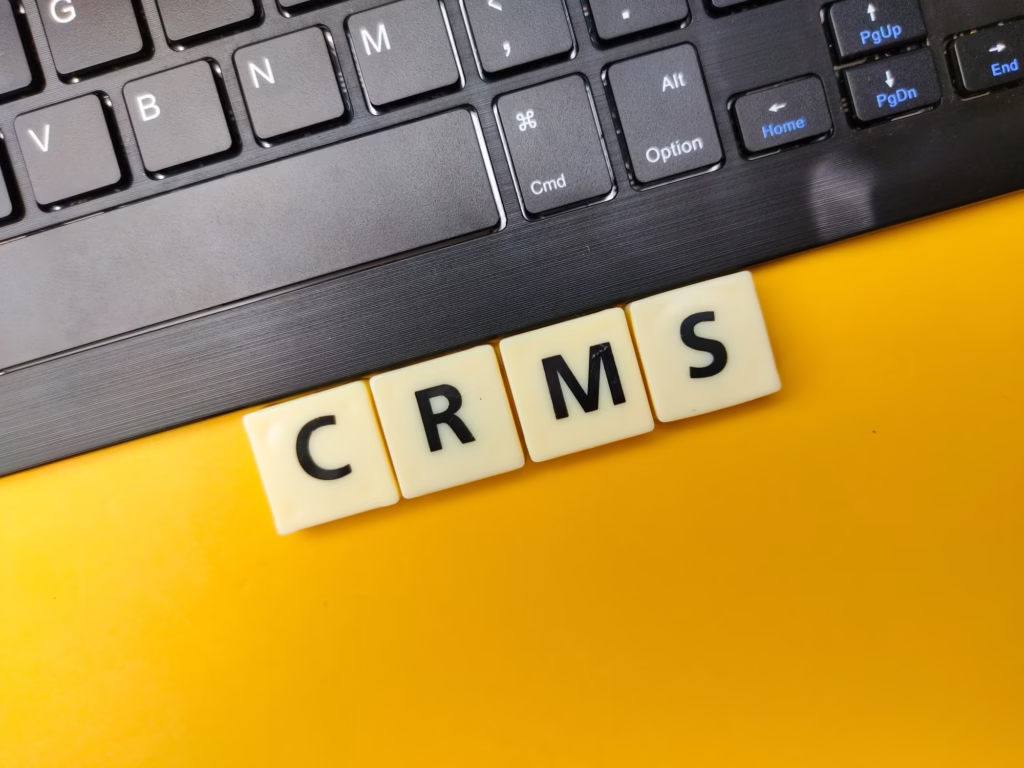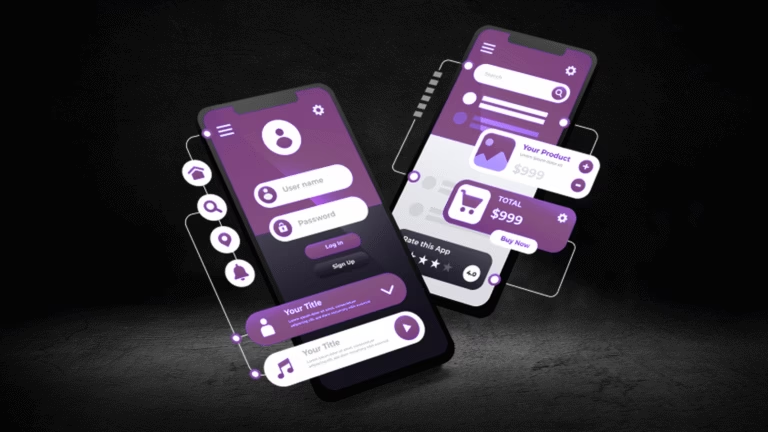
What is an RFP?
A Request for Proposal (RFP) is a formal document utilized by organizations to solicit proposals from potential vendors, service providers, or app developers for specific projects. The RFP serves multiple functions throughout the client selection process and is essential in framing the scope and expectations of an intended project, such as app development. At its core, an RFP is a communication tool that allows clients to articulate their needs, defined expectations, and project requirements effectively.
The typical components of an RFP encompass an introduction to the project, a detailed description of the objectives, a statement of work, and specific requirements for proposals. Each of these elements plays a crucial role in guiding vendors toward understanding the client’s vision and how they can contribute to its realization. For instance, the introduction sets the context by outlining the purpose of the project, while the statement of work describes the tasks involved in app development, including milestones and deliverables.
Additionally, the RFP often includes evaluation criteria that will be used to assess the proposals received. This ensures that both clients and potential developers are aligned regarding the measures of success and the qualifications necessary for bidders to be considered. By having a well-structured RFP, clients can mitigate risks associated with hiring the wrong vendor for app development, leading to a more efficient selection process. Furthermore, the clarity provided in an RFP can foster transparent communication between the client and the app developers, ultimately resulting in a successful collaboration.
In conclusion, an RFP is a vital document that streamlines the process of selecting vendors for app development projects, ensuring that client needs are articulated concisely and effectively while allowing developers to submit tailored proposals that meet these requirements.
The Importance of RFPs in App Development
Request for Proposals (RFPs) play a vital role in the realm of app development, acting as a foundational document that facilitates clear communication between clients and potential vendors. By providing a structured approach to project initiation, RFPs enable clients to articulate their project scope comprehensively, outlining essential features, functionality, and overall objectives. This clarity allows for a shared understanding that is crucial for all parties involved, ensuring that the development process aligns with the client’s vision from the outset.
Additionally, RFPs assist clients in defining their budget constraints and timelines, two critical factors that can significantly impact the app development project. By detailing financial expectations and outlining deadlines within the RFP, clients create a framework that prompts vendors to respond with realistic proposals tailored to these requirements. This encourages potential partners to provide solutions that are feasible and aligned with the client’s business goals.
Moreover, RFPs serve as a tool for informed decision-making. When clients receive multiple proposals from various vendors, they can compare and evaluate the quality of services, methodologies, and pricing models presented. This comparative analysis not only helps clients make educated choices but also increases the likelihood of selecting development partners who possess the necessary expertise and understanding of the client’s industry. As a result, the chances of project success are enhanced, leading to better alignment of strategic objectives with the resulting app.
In essence, the significance of RFPs in app development cannot be overstated. They are instrumental in establishing effective communication, setting realistic expectations, and fostering informed decision-making, all of which are crucial in facilitating a successful partnership between clients and development firms, such as Infotyke, that can bring their digital vision to life.
How to Create an Effective RFP for App Development
Creating an effective Request for Proposal (RFP) is crucial for clients seeking app development services. A well-structured RFP not only helps in communicating the project requirements efficiently but also ensures that you attract qualified proposals from potential vendors like Infotyke. The first step in drafting an RFP is to provide a clear and concise project overview. This section should outline the objectives, the target audience, and the desired features of the app. The clearer the vision, the easier it will be for vendors to align their proposals with your expectations.
Next, it is critical to specify technical requirements relevant to the app development project. This includes detailing the platforms you wish to target, such as iOS or Android, as well as any specific technologies or programming languages that should be utilized. Including these details not only assists vendors in understanding your needs but also sets a clear framework for the proposals they submit.
Another essential component is defining the evaluation criteria. Clients should outline how they will assess the proposals received. This may involve factors such as cost, timeline, experience, and past project samples. By setting these criteria upfront, you can evaluate the proposals against consistent benchmarks, leading to informed decision-making.
Additionally, establishing submission guidelines is vital. Clearly state the deadline for submitting proposals, preferred formats, and any necessary documentation that should accompany the RFP. This clarity helps prevent miscommunication and ensures that all submissions are comprehensive and easy to review.
Lastly, it is advisable to avoid common pitfalls like overly vague requirements or unrealistic expectations. Ensuring all elements of the RFP are detailed and clearly articulated will help streamline the app development process and reduce the likelihood of receiving unqualified proposals. By following these best practices, clients can create a compelling RFP that effectively attracts the right app development partners.
Common Mistakes to Avoid When Writing an RFP
Creating a Request for Proposal (RFP) for app development is a crucial step for clients looking to engage reliable technology partners. However, there are common pitfalls that clients often encounter during this process, leading to miscommunication and subpar outcomes. Understanding these mistakes can significantly enhance the effectiveness of an RFP and ensure that the desired results are achieved.
One of the primary errors is the lack of clarity in the requirements. When clients do not articulate their expectations comprehensively, it creates ambiguity, leaving app developers guessing about the project’s scope. A well-defined set of requirements will provide clear guidance to potential vendors, ensuring they understand the client’s vision for the app.
Another common mistake is insufficient detail about the project. Clients often fail to outline specific functionalities or features they envision, which can hinder developers in crafting appropriate proposals. Providing extensive details regarding user interface design, target audience, and technical specifications will not only clarify the project but will also help in fostering innovative solutions tailored to the client’s needs.
Furthermore, neglecting to define success metrics can complicate the evaluation process. Clients should establish benchmarks that measure the app’s success, such as user engagement rates or performance indicators, so that app developers can align their proposals with these objectives. This strategy fosters a partnership focused on achieving measurable results.
Lastly, failing to specify budget constraints can lead to misunderstandings. Transparency regarding budget limitations not only saves time but also helps app developers tailor their proposals while managing client expectations effectively. Budget talks should be an integral part of the RFP, setting the stage for realistic and achievable outcomes.
Being aware of these frequent mistakes can significantly streamline the RFP process and ultimately lead to successful app development outcomes. By taking the time to create a comprehensive and clear RFP, clients can foster fruitful collaborations with qualified technology partners like Infotyke.








